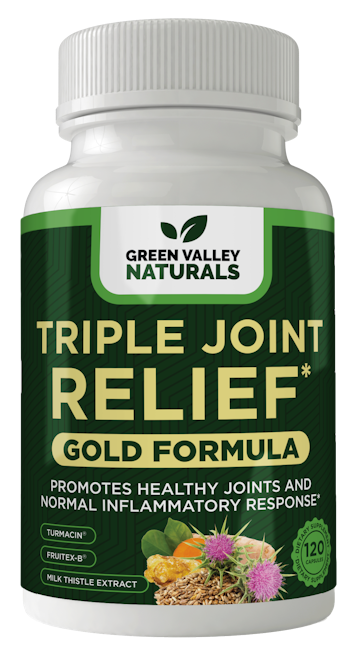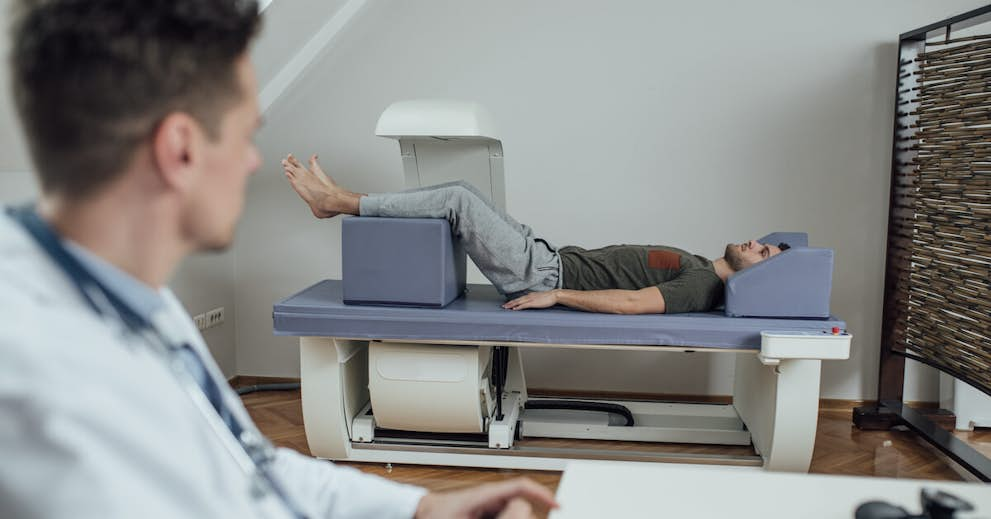
We hear a good deal about our high salt (sodium) intake and the problems this causes, especially regarding blood pressure, the risk of stroke and heart disease.
But little is heard about the mineral it works side by side with to regulate water balance in the body. This mineral – potassium — also helps the heart maintain a regular beat, reduces high blood pressure, prevents bone loss and stimulates nerve impulses for muscle contraction.
A reduced dietary intake of potassium is linked to atherosclerosis, diabetes and kidney disease. How did we get to the point where so many of us are low, when the mineral is commonly found in so many foods?
While over 90% of Americans consume more than the Institute of Medicine’s upper limit for sodium, less than one adult in fifty meets the recommended 4,700mg a day for its partner — potassium. The average intake is little more than half this.
The results of a recent study demonstrate potassium’s importance to the health of the arteries and why so many of us need to boost our intake of this vital mineral.
Lowers Artery Stiffness and Calcification
Researchers from the University of Alabama at Birmingham explored the potassium-arteries connection in three experiments using specially bred mice that are prone to heart disease when fed a high fat diet.
In the first experiment, the mice were fed diets containing either low, medium or high levels of potassium. The low potassium group had significantly increased arterial calcification and greater stiffness in the main heart artery, the aorta.
In the high potassium group, vascular calcification and aorta stiffness was not as severe.
Stops Arteries Turning Into Bones
The second experiment looked at cross-sections of the arteries in culture when exposed to low, medium or high amounts of the mineral. Again the researchers found that low quantities greatly enhanced calcification while high doses inhibited this process.
In the final experiment, vascular (blood vessel) smooth muscle cells were grown in a low potassium cell culture. Under these conditions gene markers that express these types of cell were decreased while others that resemble bone-like cells were increased.
This occurred because calcium levels were raised within the vascular smooth muscle cells due to activation of certain calcium-promoting enzymes and proteins that takes place when potassium is low.
Reversing these conditions with potassium provided evidence that the mineral could act as a regulator of vascular calcification.
High Potassium Foods
This was the first study to demonstrate that low levels of potassium in the diet cause aortic stiffness compared to normal levels of the mineral, as well as revealing the molecular mechanisms underlying the effects of different amounts of potassium.
While this study involved mice, the scientists are confident these mechanisms apply to humans as well. In fact, they are so convinced by the results of their studies they’ve started taking supplements themselves.
However, potassium supplements are limited by regulators to just 99 mg per tablet. You will need to take a lot of pills (at least they’re cheap). It’s far better to boost intake with a diet high in potassium-rich meat, poultry, fish, milk, yogurt, fruits and vegetables.
For instance, a single avocado contains nearly 1000 mg and you get the benefit of all the other nutrients found in it. A medium banana – seven or eight inches long – has about 420 mg, and an eight ounce glass of orange juice has nearly 500. Both have a great deal of sugar, so take heed.
A medium-sized potato – likewise a high-glycemic food – has a whopping 867 mg. My source defines a medium potato as weighing 213 grams or around 7.6 ounces. Much healthier is a cup of spinach, which clocks in at 839 grams of potassium.
Beef is pretty rich in potassium. A 100 gram serving (3.57 ounces) contains from 373 to 484 mg.
Considering that Americans are no slouches at eating beef, potatoes, orange juice or bananas, it’s a bit puzzling that we don’t get enough potassium. But the 4700 mg daily requirement is a huge amount.
The emphasis by medical authorities on eating grains, which are generally low in potassium, doesn’t help.



